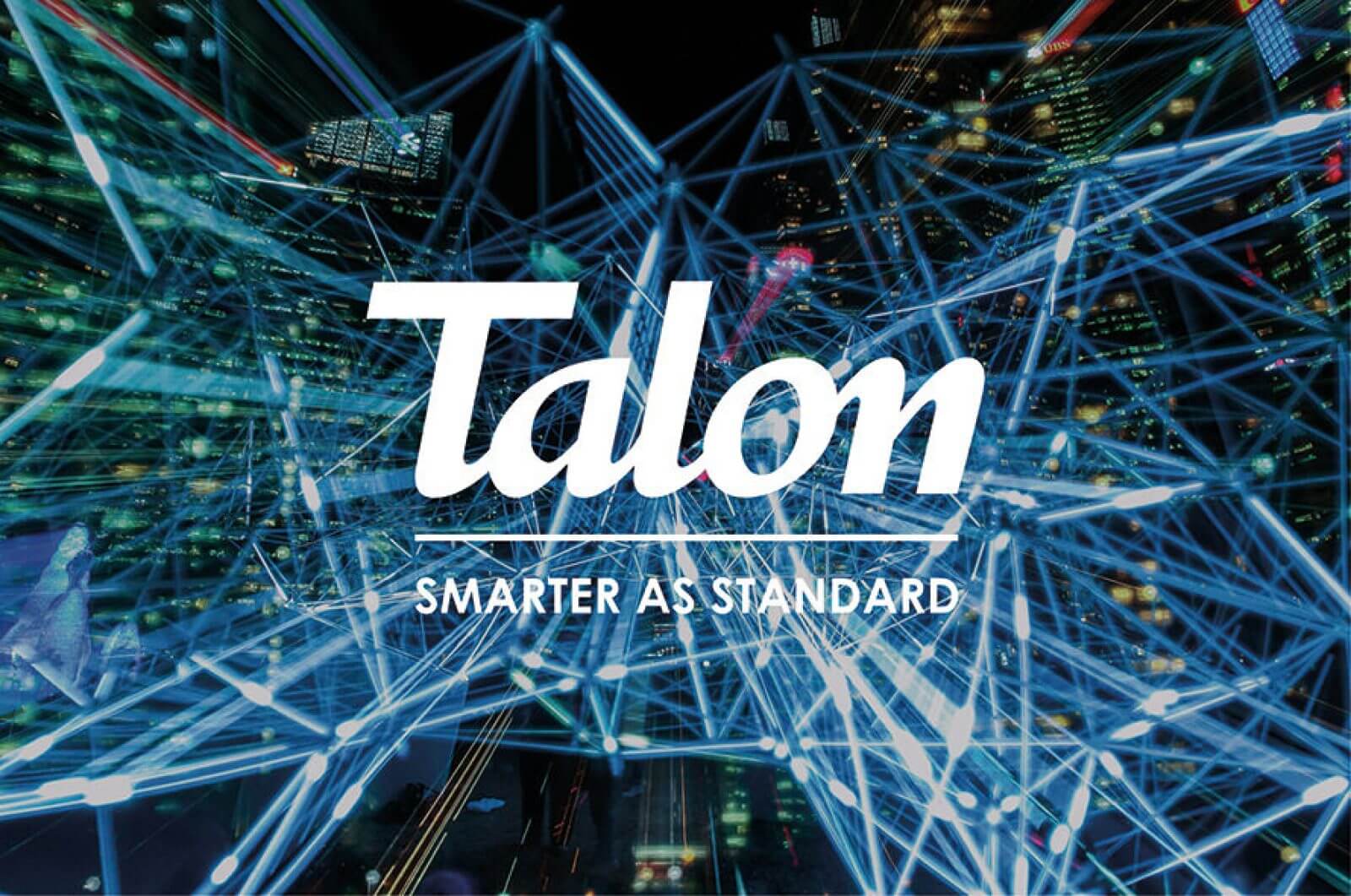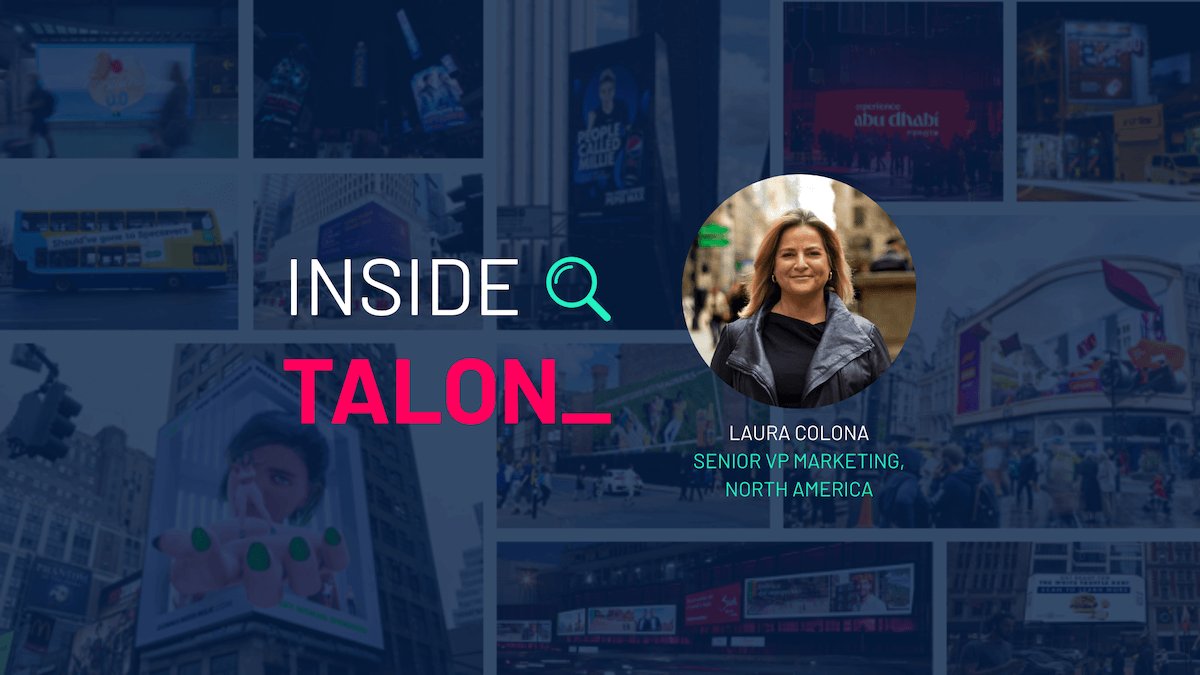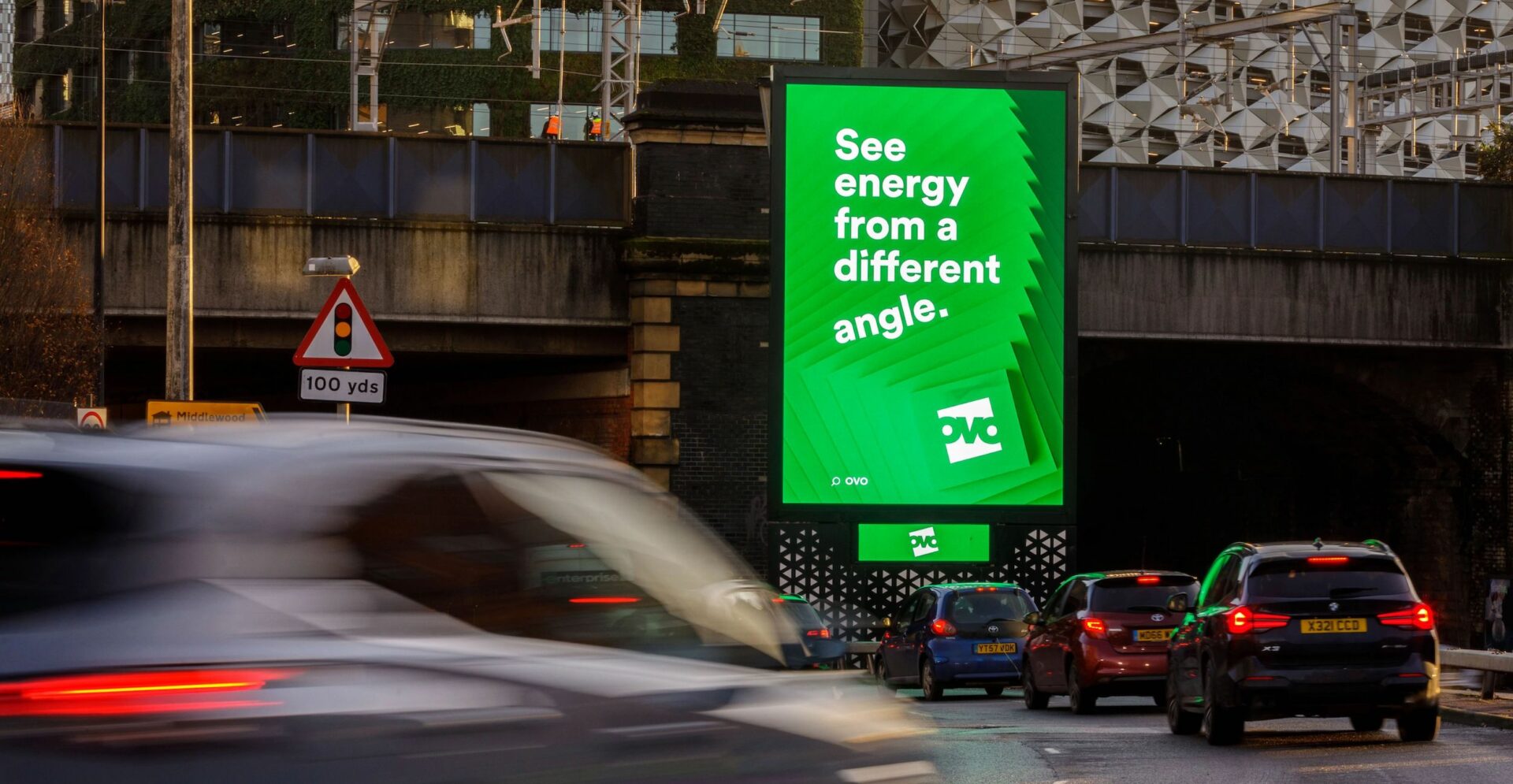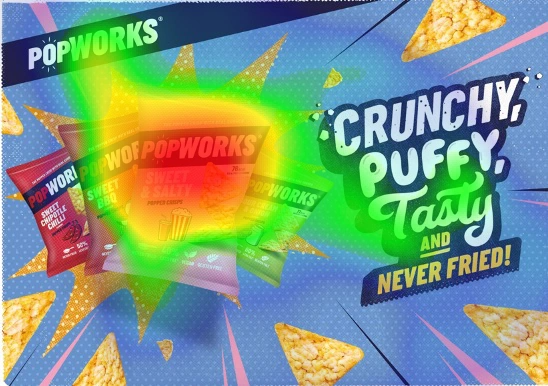The questions advertisers should ask about programmatic OOH (part two)
Barry Cupples, Global CEO & James Copley, UK CEO of Talon Outdoor
In a world where all media channels are fully commoditised and standardised, one would expect digital Out of Home (DOOH) to behave and operate in the exact same way as digital online and mobile. The introduction of programmatic trading should therefore be the next logical next step for the DOOH medium. One that will deliver automated, real-time buying, scaled reach, and intelligent, transparent, and frictionless online/offline targeting and measurement. DOOH traded and treated in the same way as other digital media.
There is now a flood of new platforms and providers making forays into the programmatic OOH (PrOOH) space, vying for a slice of a new digital pie. A persistent flow of announcements and press releases continue to stake their claims as first-to-market, DOOH innovators, rejoicing in the new possibilities.
But in the real world, where the distinctiveness of digital OOH is seen as one of the medium’s strengths, the application of online programmatic technologies has not yet sparked a fundamental rethink of the DOOH opportunity on the advertiser or media buying side. Many in the market remain unconvinced that DOOH can ever, or should ever, mimic the same model as online.
This article delves beyond the hype and addresses some of the burning questions that advertisers are asking about programmatic DOOH. The goal is to provide a clearer view of actual capabilities and open issues that still need addressing.
Is programmatic OOH buying really smarter?
Put simply, smarter media buying should result in better campaign outcomes for the same or even lower spend.
Let’s tackle price first.
In PrOOH, the price an advertiser pays is determined through a negotiation between an OOH media owner and an agency’s digital buyers. This presents a challenge because these buyers must negotiate based on their experience of buying desktop banners and Facebook video, and they can’t rely on significant OOH trading volumes or market intelligence to guide them. Therefore it seems unlikely that the available expertise and knowledge will result in a fair market price for a DOOH campaign. In fact it’s likely the advertiser will end up paying a price several times higher than if buying through the existing channels.
Even if we assume the market corrects itself over the long term, there is a far bigger challenge that advertisers face in PrOOH buying and that is with the trading currency itself.
To make digital OOH fit seamlessly into an online buying model, advertisers are encouraged to no longer see it as a mass reach, one-to-many media channel. Instead, they’re told to treat it as just another screen. Just another set of impressions. Just like mobile and desktop. That way, DOOH media buying based on audience impressions (CPMs) makes perfect sense.
The problem for advertisers is that impression-based buying is not necessarily smarter. In fact, in many respects it’s dumber and is likely to lead to poorer campaign outcomes.
Impression-based buying has a pretty obvious drawback; it doesn’t take account of the balance between audience reach and frequency. The worst-case scenario with impression buying is you spend more money reaching fewer people more often. It’s easy to buy 10,000,000 impressions. It’s also easy to control the balance between reach and frequency so that, for instance, you’re not reaching 250,000 people 40 times. You just need the right tools. Unfortunately, they don’t really exist in the PrOOH channel today or are nascent at best.
Why is buying reach more valuable than buying impressions? Because all of the evidence indicates that advertisers were probably right to see digital OOH as a mass reach advertising channel after all. Les Binet & Peter Field’s analysis of real advertising data from more than 600 campaigns provides compelling proof. Their study confirms OOH advertising’s contribution to producing positive business outcomes, like market share and profit growth, is greater when it is deployed at scale and with maximum reach.
The promise of programmatic is to help advertisers make smarter media buying decisions and achieve better returns on investment. But once you understand how PrOOH buying really works today, it’s hard to see how this promise can be kept.
What’s the point of real-time in DOOH?
In online advertising, marketers use a variety of AdTech platforms to help them reach the right audiences, reduce the cost of campaigns and make the outcomes more measurable. There are many other good reasons for using AdTech besides these. The list of AdTech benefits are many and don’t need listing here. The crucial one is actually not a benefit at all; it is more of a necessity. Marketers use AdTech because that’s the only way to execute real-time online media buying decisions at scale.
Online advertising is a system in which there is an almost infinite supply of audience impressions. Behind each impression is a real person, whose identity, behaviours and receptiveness to advertising messages must be understood and acted upon more or less immediately. This is where AdTech is essential. It enables potential media buyers to evaluate, purchase and deliver an ad, all within the time it takes for a web page to load in a person’s browser.
Digital Out of Home, of course, is a very different system.
In UK DOOH, there is a finite supply of audience impressions. It is roughly 2,279,038,191 per week. The volumes and profiles of the people behind those impressions are entirely predictable and quantifiable well in advance of a campaign, thanks to OOH audience measurement systems like Route and Geopath. These systems have done the hard work required to predict the volume of audience impressions on any ad unit, at any given hour of the day. They are so widely respected that every serious link in the OOH supply chain uses them, including OOH specialist buyers, media auditors, and even the new programmatic buyers.
Because these systems provide trusted predictions of audience delivery far in advance of a DOOH ad spot, there is no advantage to be gained from buying a DOOH ad spot ‘in real time’.
Today, Route tells a buyer that a digital screen in Waterloo Rail station delivers x150 ABC1 Women impressions from 3-4pm on a Wednesday in May. If they wish, the buyer can reserve and guarantee the audience delivery for their client. If we wait until Wednesday 6th May, around 2pm, and check how many ABC1 Women impressions are generated by that very same screen in Waterloo station between 3-4pm that very afternoon, the answer is still 150.
Assuming it is still available.
Of course, it may be that the point of ‘real-time’ in DOOH is not about audience targeting at all. It could instead be about adjusting the DOOH creative or message in response to a breaking news event, a change in weather conditions, or a new social media post. A bit like these campaigns for Google and Skoda which were created before anyone had ever heard of the term ‘Programmatic OOH’.




